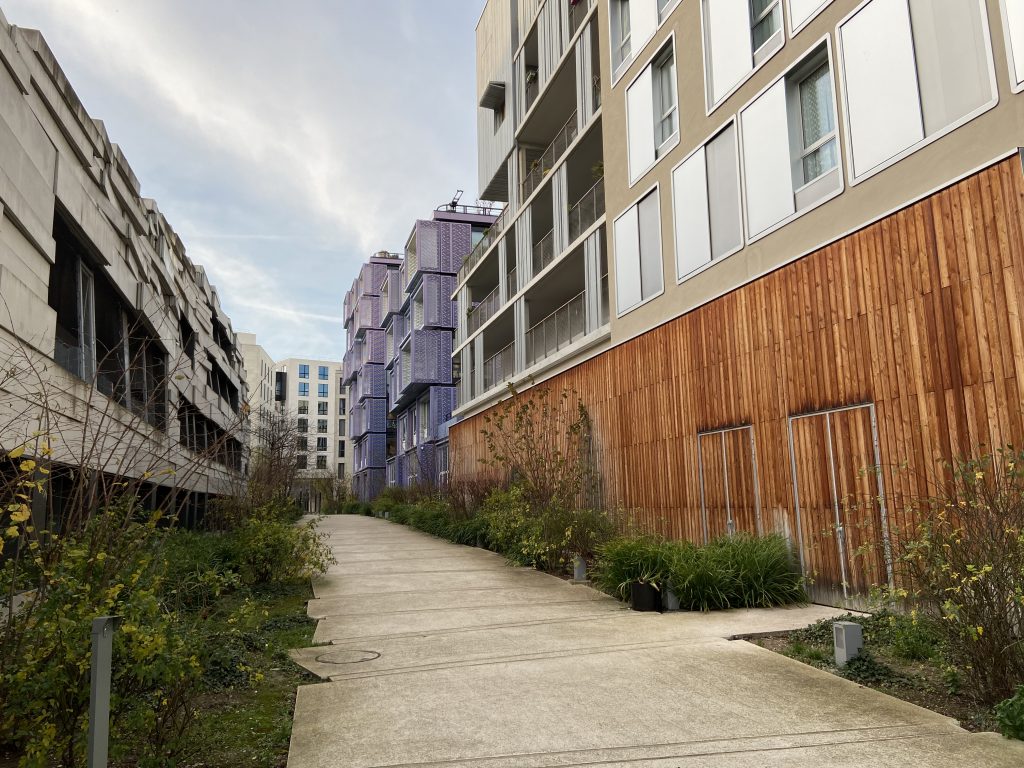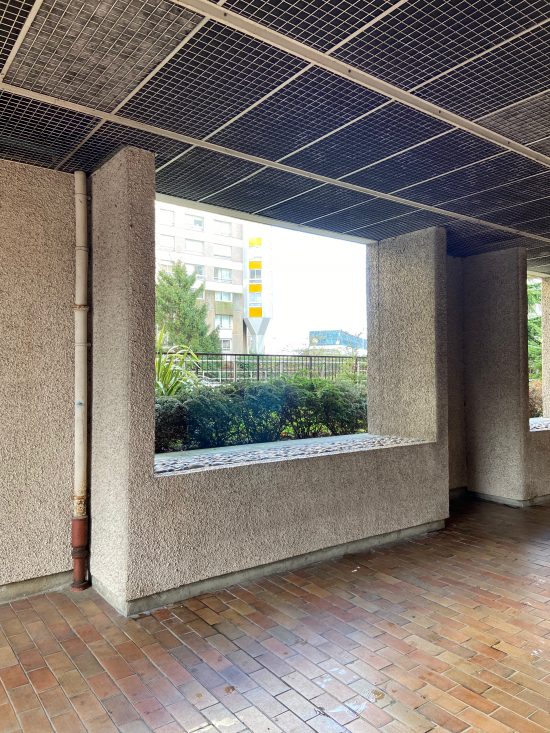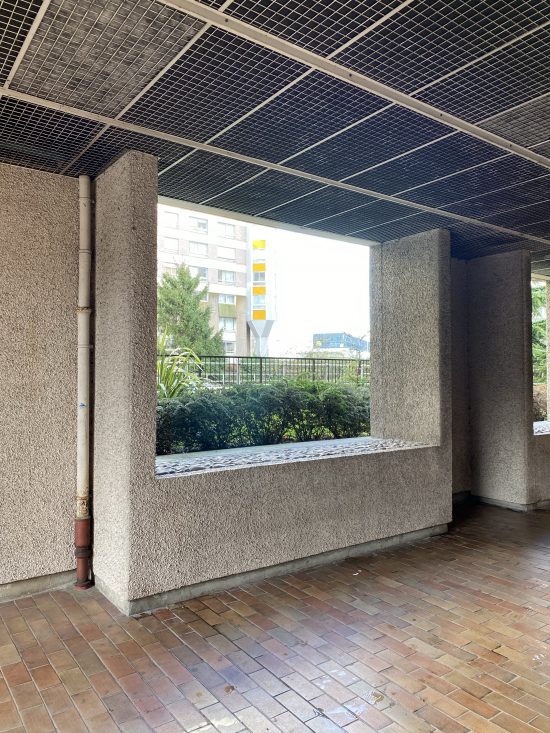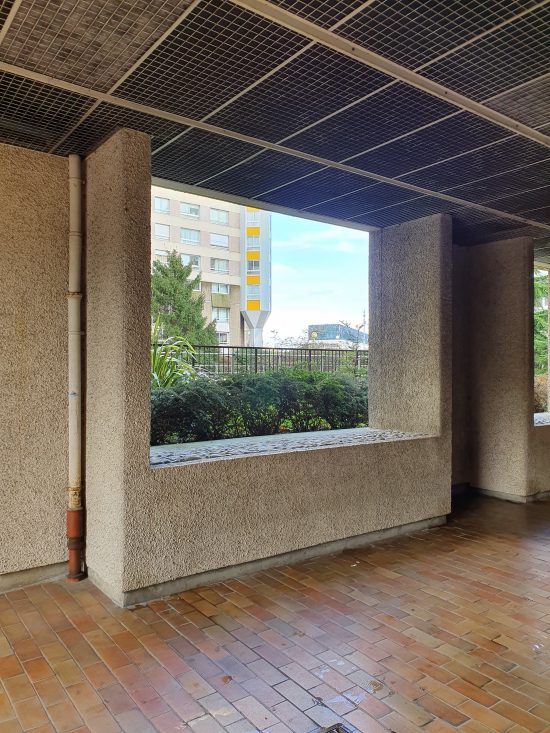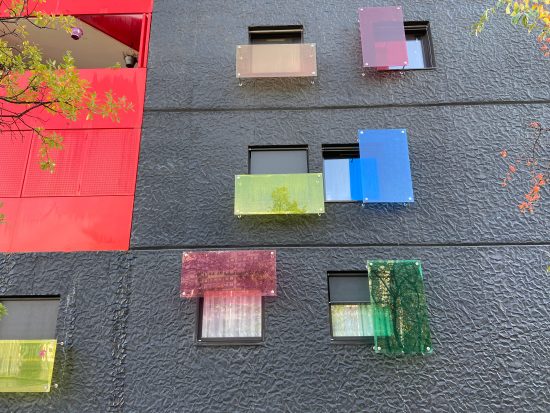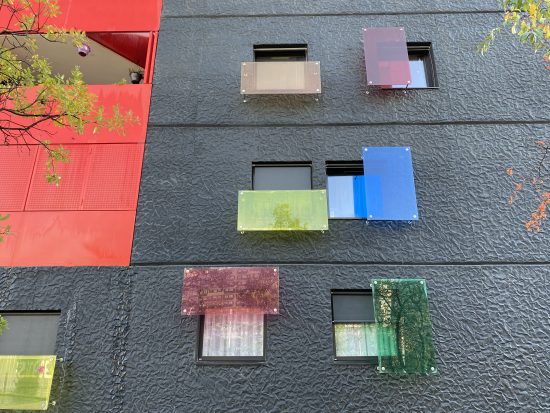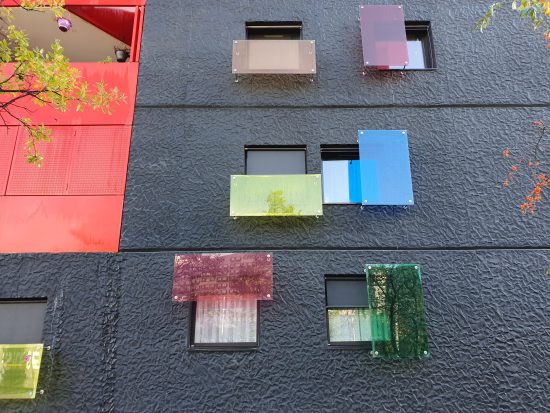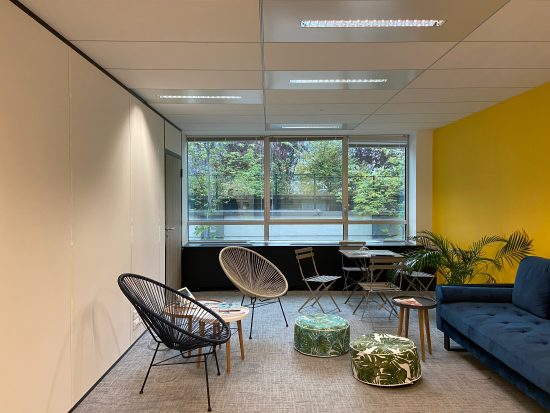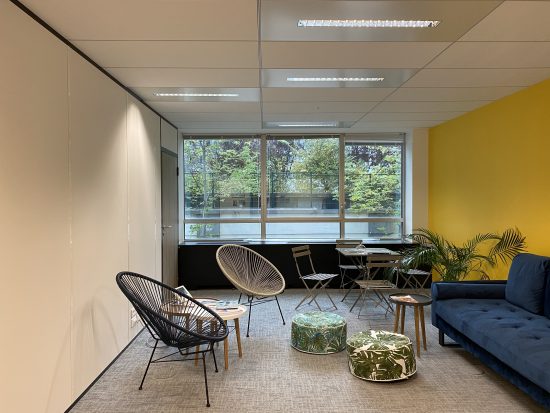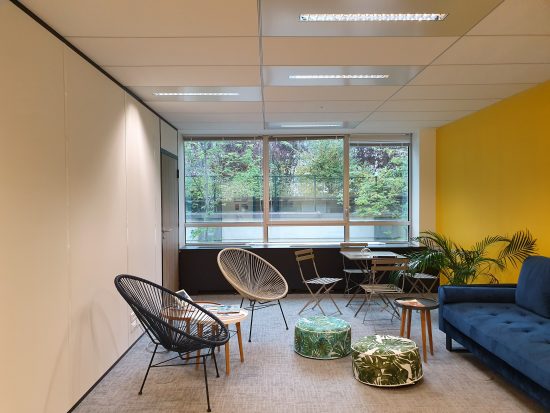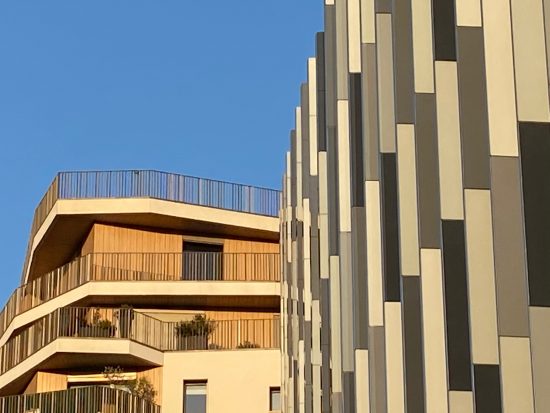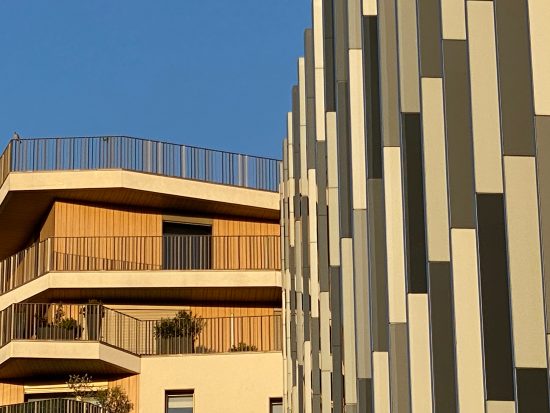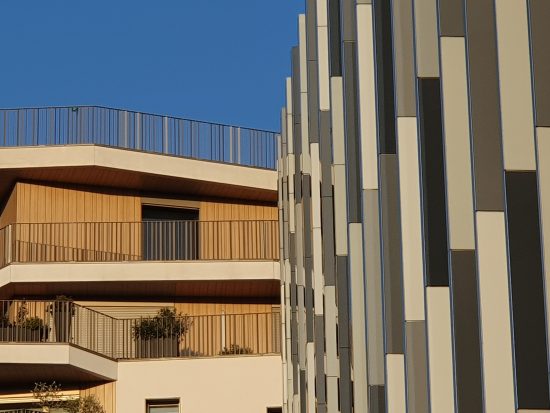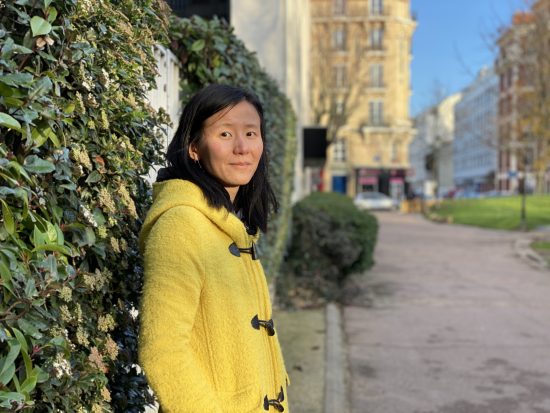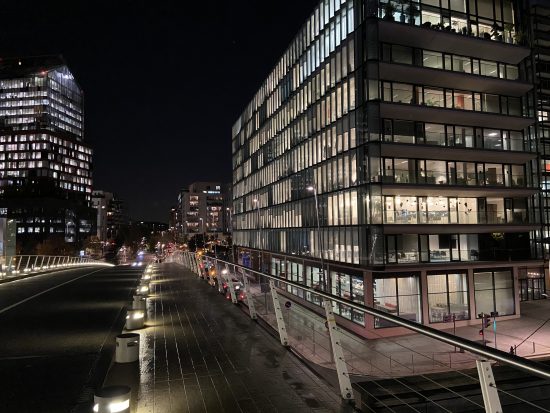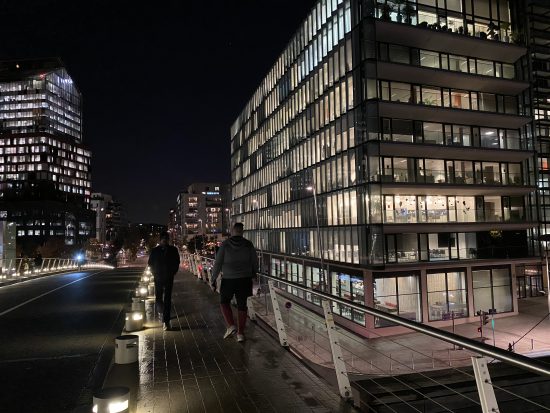Released in September 2019, the iPhone 11 is Apple’s latest entry-level flagship, sitting alongside the more expensive iPhone 11 Pro models in the new range. Key features include a 6.1-inch Liquid Retina HD display, Apple’s latest A13 Bionic chipset, 64/128/256GB of internal storage options, and IP68 dust/water resistance.
The main camera offers a dual sensor and lens setup, including a standard wide-angle 26mm-equivalent primary camera, with a second 13mm-equivalent ultra-wide-angle shooter. Both sensors boast 12MP resolution output, with the main camera utilizing a large 1/2.55-inch sensor with 1.4µm pixels, dual-pixel PDAF autofocus, and a stabilized (OIS) lens.
For smartphone video enthusiasts, the iPhone 11 implements the same basic specifications as the Pro models, with stabilized 4K video capture at either 24/30/60fps, as well as HD video capture up to 240fps, HDR processing, and stereo sound recording.
With the scores in and verified, we’re delighted to reveal the strengths and weaknesses of Apple’s iPhone 11 in our comprehensive review.
Key camera specifications:
- Dual camera setup
- Primary: 12MP 1/2.55-inch sensor with 1.4µm pixels and 26mm f/1.8-aperture lens
- Ultra-wide: 12MP sensor with 13mm f/2.4-aperture lens
- Dual Pixel PDAF autofocus (primary camera)
- Quad-LED dual-tone flash
- HDR (photo/panorama)
- 4K 2160p@24/30/60fps video with HDR and stereo sound recording
- Full HD 1080p@30/60/120/240fps video
About DXOMARK Camera tests: For scoring and analysis in our smartphone camera reviews, DXOMARK engineers capture and evaluate over 1600 test images and more than 2 hours of video both in controlled lab environments and in natural indoor and outdoor scenes, using the camera’s default settings. This article is designed to highlight the most important results of our testing. For more information about the DXOMARK Camera test protocol, click here. More details on how we score smartphone cameras are available here.
Test summary


Achieving an overall DXOMARK Camera score of 109, the iPhone 11 is a very capable device for both stills and video. Falling outside the top ten in our database, its image quality isn’t quite as strong as the iPhone 11 Pro Max’s, which ranks 4th with 117 points, but the new dual-camera iPhone 11 offers a slight improvement over last year’s iPhone XS Max at 106.
Video scores between the iPhone 11 and iPhone 11 Pro Max are very comparable, so it’s the still photo performance that makes the difference. The lack of a third tele-lens on the iPhone 11 is a significant factor in its lower Photo score of 112, compared to 124 for the iPhone 11 Pro Max, whose tele-lens provides better results for zoom and bokeh.
The iPhone 11’s ultra-wide-angle camera is as good as the more expensive Pro model’s, however, and the performance of the main camera in such key categories as Exposure, Color, Detail, and Autofocus is very comparable. So you can expect accurate exposures, with fairly wide dynamic range, pleasant color, and sharp shots with good levels of detail in most lighting conditions.
In our exposure analysis, the iPhone 11 scored very well for outdoor and indoor scenes, thanks to generally accurate target exposures and high levels of contrast. It’s also very capable in low light, where target exposures are accurate down to near-dark conditions of just 1 lux, but contrast is lower, which affected the low-light exposure score. In our very challenging high-contrast test scenes, target exposures are good, with acceptable dynamic range, and results are essentially the same as those for the iPhone 11 Pro Max. HDR processing ensures that details are well preserved in the darker regions, but highlights are often clipped in very bright areas.
Indoors, target exposures remain good with high levels of contrast. In our backlit portrait test scene, the iPhone 11 is able to provide nice exposure on the subject while maintaining detail in the highlights outside. In this example, the iPhone 11 is better than the Samsung Galaxy S10+, which underexposes the portrait.
Overall color rendering is pleasant on the iPhone 11, with results broadly consistent with the Pro models. Color is vivid in both outdoor and indoor scenes, and even slightly more saturated compared to the iPhone 11 Pro Max in some examples. White balance is mainly accurate on the iPhone 11, although a slight yellow/green cast is often visible in outdoor images. The warmer yellow tones can be pleasant in some cases, although images that veer more towards green are less successful. Color shading is also well controlled in most tested conditions, so you can expect the same color in the center and along the edges of the frame.
Detail preservation is very slightly improved on the iPhone 11 compared to the Pro, but the difference is marginal, so in essence we can say the real-world results are the same. In our lab measurements, the iPhone 11 recorded high acutance levels of over 80% in static scenes in bright light (1000 lux) down to low light (20 lux). Detail tails off a little after that, down to 60% acutance in extreme low light (1 lux), but even so, you can be confident of good detail on static subjects in most shots. When capturing moving subjects, detail is also excellent in outdoor conditions (1000 lux) down to indoor lighting (100 lux), so it’s really only in low-light conditions with moving subjects that a loss of detail becomes problematic. So the iPhone 11 does a good job of capturing fine details and edges, such as the tree branches and the building balconies in the example below; and although the Samsung Galaxy S10+ is arguably a fraction better, there’s really not much in it.
Continuing the trend of its previous devices, Apple prefers to improve detail at the expense of a little noise. This is one of the device’s main drawbacks, with visible noise in flat areas of outdoor images, and coarse and chromatic noise is often problematic, particularly in indoor and low-light images. You can see that a blotchy noise effect is clearly visible on the wall in the iPhone shots in the example below. In comparison, you can see that the Samsung Galaxy S10+ is able to maintain acceptable detail on the chair (even if edges are not quite as well defined as on the iPhone), with virtually no noise visible on the wall.
The iPhone 11 racks up a solid score for autofocus, thanks to the main camera’s PDAF system consistently delivering in-focus shots during our benchmark lab analysis and while shooting test scenes on location. Autofocus response times are very snappy, too, with almost instantaneous capture after requesting focus ensuring that you”ll be able to grab in-focus shots of both static and moving subjects in all lighting conditions. Some oversharpening is evident at close inspection, resulting in acutance scores around 120%, but this carries with it the advantage of making images look very sharp on the device screen.
Apple has implemented an effective ultra wide-angle second camera on the flagship iPhone and the 13mm-equivalent focal length offers one of the widest fields of view that we’ve measured to date. Results among the iPhone 11 and the Pro models are essentially the same, with generally accurate exposures in most conditions, and pleasant color rendering and accurate white balance. Geometric distortions are well-corrected and again, detail is good at the expense of a little more noise, which is noticeable along with some color quantization in outdoor images; and noise is very visible under indoor lighting conditions.

The lack of a third tele-lens camera on the less expensive iPhone 11 is its main disadvantage compared to the Pro models. If good-quality zoom shots are an important factor in your smartphone photography, then it’s essential that you opt for a device with a longer focal length lens. Using the the iPhone 11’s digital zoom, detail holds up pretty well at close range (~2x magnification), and noise and artifacts are kept reasonably well under control. Image quality in close-range zoom shots deteriorates in lower light conditions, however, and the iPhone 11 can’t compete with tele-lens devices at medium- or long-range zoom (~4x and ~8x magnification, respectively). Strong and coarse noise is often visible at medium and long range in all tested conditions, along with a noticeable loss of detail as well as ringing and aliasing artifacts.
Being restricted to a standard-wide 26mm-equivalent focal length in Portrait mode also impacts the iPhone 11’s bokeh score, as the 52mm-equivalent focal length on the Pro provides a more favorable field of view for portraits. That aside, the iPhone 11 does a pretty good job of simulating a bokeh effect, although several flaws are evident. Depth estimation is broadly acceptable, although some edge artifacts are visible at close inspection around complex areas. Detail on faces is well preserved, but at the expense of some noise; and although the background blur isn’t particularly strong, with spotlights lacking a little contrast, the effect looks fairly natural overall.
For night photography, the iPhone 11 is up there with some of the best devices we’ve tested overall, but the results are a bit of a mixed bag. In auto flash mode, the flash triggers correctly when the device detects a face, and doesn’t trigger for landscapes, so the behavior is very good. Low-light cityscapes are pretty nice, with accurate exposure and fairly wide dynamic range ensuring that highlights are well preserved while at the same time ensuring that images are not too dark. Color is pleasant with accurate white balance, and detail continues to be reasonably high on these shots, too, although it is at the expense of visible noise and color quantization. Where things fall down a little is the performance of the flash when it does fire: portraits are often overexposed, with highlight clipping visible on faces, and backgrounds tend to be fairly dark, producing a rather stark and not overly flattering result.
We deduct points for obvious artifacts or image quality flaws visible in images. The main penalties we applied to the iPhone 11 were for ringing and distortion, as well as for some aliasing/maze/moiré effects. Some flare in strongly backlit images is often visible, too, along with a loss of sharpness in the outer field and some oversaturation of skies that results in a cyan shift in some outdoor images.
The iPhone 11 offers video quality very comparable to that of the iPhone 11 Pro Max, achieving almost identical scores in each of our tested video categories. (You can read an in-depth overview of the iPhone 11 Pro Max’s video results in our full length review here.)
One of the key strengths for video is exposure, which is accurate in most tested conditions; and the implementation of HDR video processing ensures that highlight and shadow details are reasonably well rendered in bright or high-contrast scenes. You can see from the comparison graph below that while the Samsung Galaxy S10+ produces brighter target exposures in all lighting conditions, the iPhone provides very good exposures between 40 and 50 L* in from bright light (1000 lux) to low light (20 lux). So it’s only in extreme low light conditions below 20 lux that videos are slightly underexposed, but they remain usable even in those conditions.
Colors are vivid and pleasant in most tested conditions, and the level of detail is very good in outdoor and indoor videos. You can see that the iPhone 11 delivers exceptional texture preservation of around 90% acutance in strong bright-light conditions between 300 and 1000 lux, dropping to a very respectable 70% under indoor lighting conditions (100 lux). The Samsung Galaxy S10+ offers comparable texture at 100 lux, but the iPhone 11 displays better detail in both brighter and lower light conditions.
Apple has managed to control the noise-vs-detail trade-off better in its video signal processing, compared to stills. Again, results are almost identical between the iPhone 11 and the iPhone 11 Pro Max, with the Apple devices outperforming the Samsung Galaxy S10+ for temporal noise in very low light conditions.
A few weaknesses remain, most notably slight exposure and white balance instabilities. They’re not overly problematic, but during transitions between different lighting environments, some steps or jumps in color and brightness are noticeable. The iPhone 11’s video stabilization is pretty effective on the whole and will correct most unwanted motion well in static handheld videos. A jello effect artifact (where the background appears to wobble) is slightly visible in videos captured while walking, but a strong judder effect in videos captured in bright light is more significant.
Conclusion
The high price tag of flagship iPhones means that people who are wedded to the Apple eco-system and looking for an upgrade might be attracted to the more pocket-friendly iPhone 11. If photography is an important factor in that choice, the good news is that by and large the less-expensive device lives up to the excellent all-round image quality of the iPhone 11 Pro Max. Without a dedicated 3rd tele-lens camera, however, it isn’t nearly as good for zoom shots; and Portrait mode shots are less successful due to the wider focal length they have to be captured with. With video performance also on par between the standard iPhone 11 and the Pro alternatives, however, it’s only the disadvantages for zoom that count against the more economical model.
Photo
Pros
- Accurate and consistent exposure
- Vivid and pleasant color
- Good detail indoors and outdoors
- Excellent ultra-wide performance
Cons
- Low zoom quality at medium and long range
- Ringing artifacts commonly visible
- Overexposed flash portraits at night
- Short focal length for portraits
Video
Pros
- Accurate exposure and wide dynamic range
- Good detail
- Effective stabilization
- Vivid and pleasant color
Cons
- Jello effect visible with walking movement
- White balance instabilities indoors
- Occasional exposure instabilities
- Autofocus steps during tracking
- Judder visible in bright light
The post Apple iPhone 11 camera review appeared first on DXOMARK.
